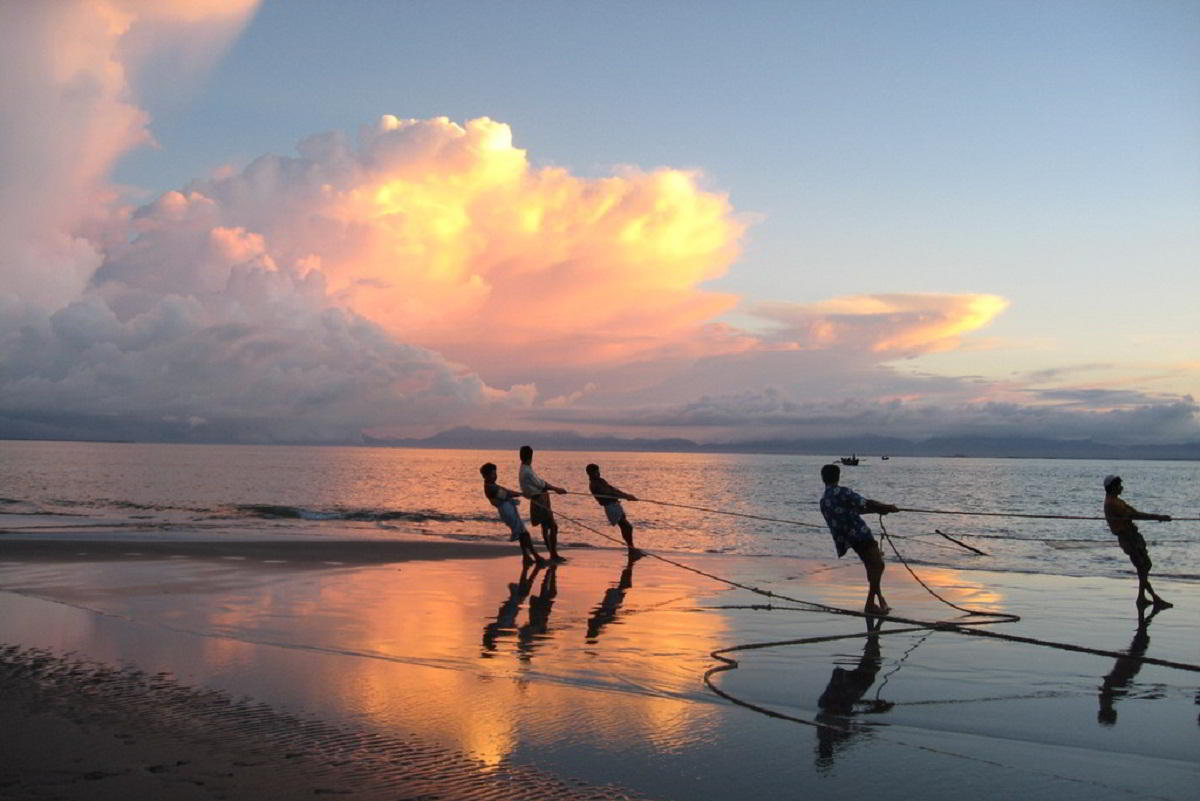
Bangladesh has become a lower middle income nation recently. As usual it has become a matter a fertile discussion and a topic of elaborate pieces on the pages of newspapers. However, nobody is talking about what does it mean by lower middle income country and why it is important and how different it is now from our previous situation. We tried to find out few critical facts to help you to understand what it means for Bangladesh as it becomes lower middle income country from low income country. Let's explore.
0-World Bank categorises countries in four groups: low income, lower-middle income, upper-middle income and high income countries.
1-The WB revises the income classification of the world's economies based on estimates of gross national income per capita for the previous year on July 01.
2- Difference between lower middle income and higher middle incomes is pretty high.
3- A lower-middle income country needs to have a per capita income between $1,045 and $4,125 in FY 2015 [WB]
4- An upper-middle income economy needs to have a per capita income between $4,126 and $12,745 in FY2015 [WB]
5- World Bank’s classification is based purely on income, does not capture the structural strength and weaknesses of countries.
6-There is huge difference between how UN categorizes countries, based on economic and social indicators, the UN categorizes countries into three groups: least developed, developing and developed countries.
7-To be in the lower middle-income category, a country's gross national income has to be $1,046 at least.
8-Bangladesh’s per capita income rises to $1,314 and we have become a lower middle income country.
9-However, to become a middle income country we will have to make our per capita income $4,126 and above
10-We had been a low-income country for more than 40 years.
11-Contrary to popular assumption that Bangladesh will lose its trade benefits due to elevation in income status. In reality Bangladesh will not because this is according to World Bank whereas Bangladesh receives trade benefits due to is LDC status which is a status by UN
12-Inclusion in the LDC group gives member countries preferential trade benefits. On the other hand, the WB's income classification determines lending eligibility.
13-Bangladesh now gets concessional loans from the WB and is not entitled to its market-based commercial loans as the latter depends on the country's repayment capacity. As it becomes more economically strong our commercial institutions will be eligible for low interest rate loans from WB.
14-Contrary to what many newspapers and news outlets claim, Bangladesh has not become a middle income, we have graduated to lower middle income country. Interestingly, we are at the bottom tier of what it takes to become a lower middle income country.
15-When Bangladesh emerges from the LDC bracket; it will lose some trade facilities such as the Generalised System of Preferences or GSP.
16-However, the graduation to upper middle-income status would disqualify the country for concessional loans from development lenders.
